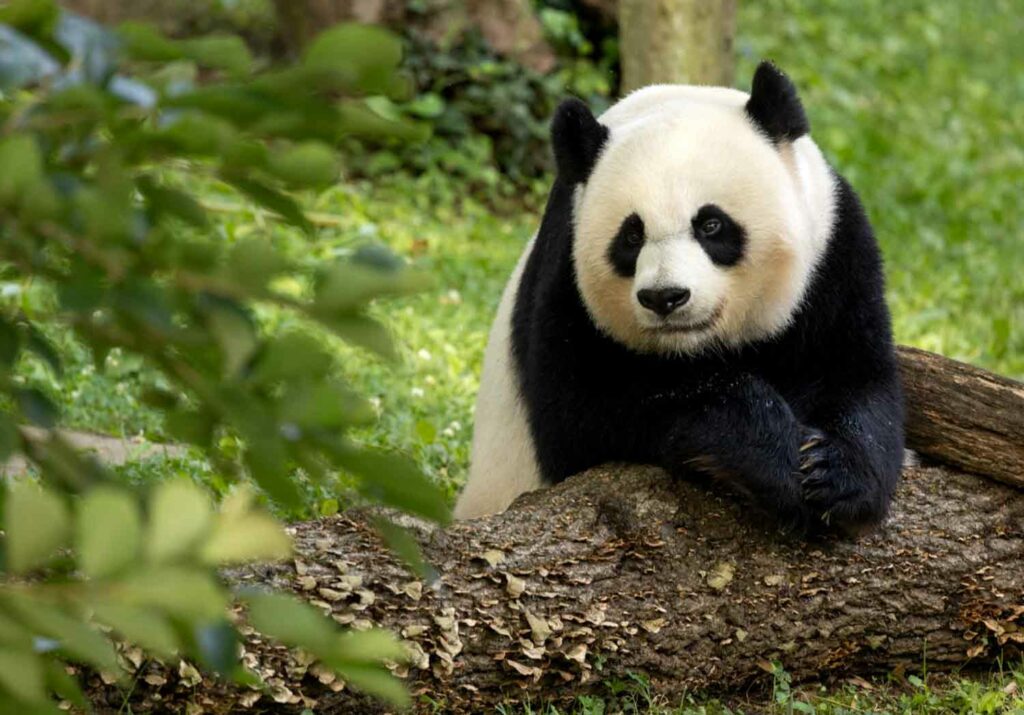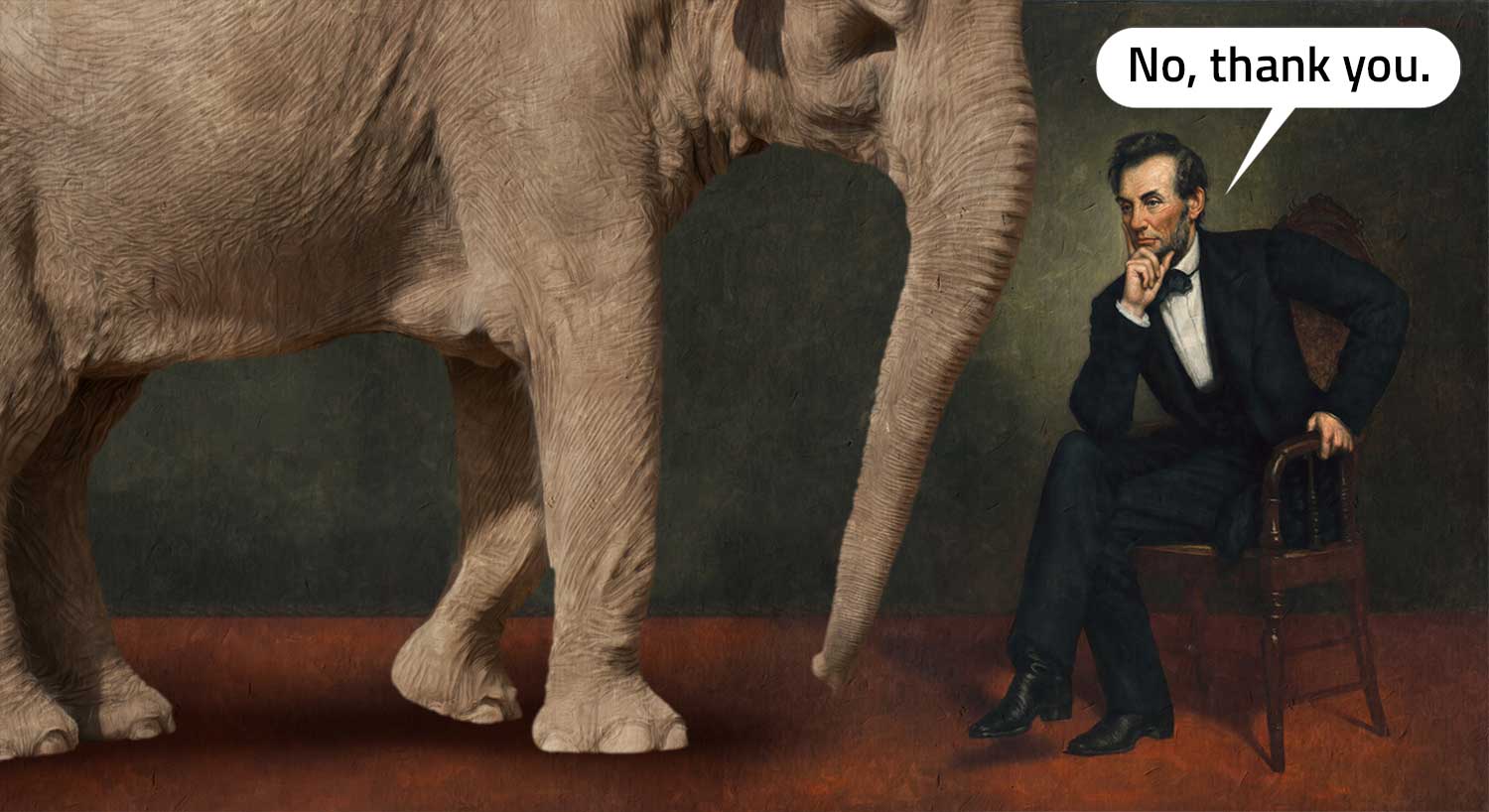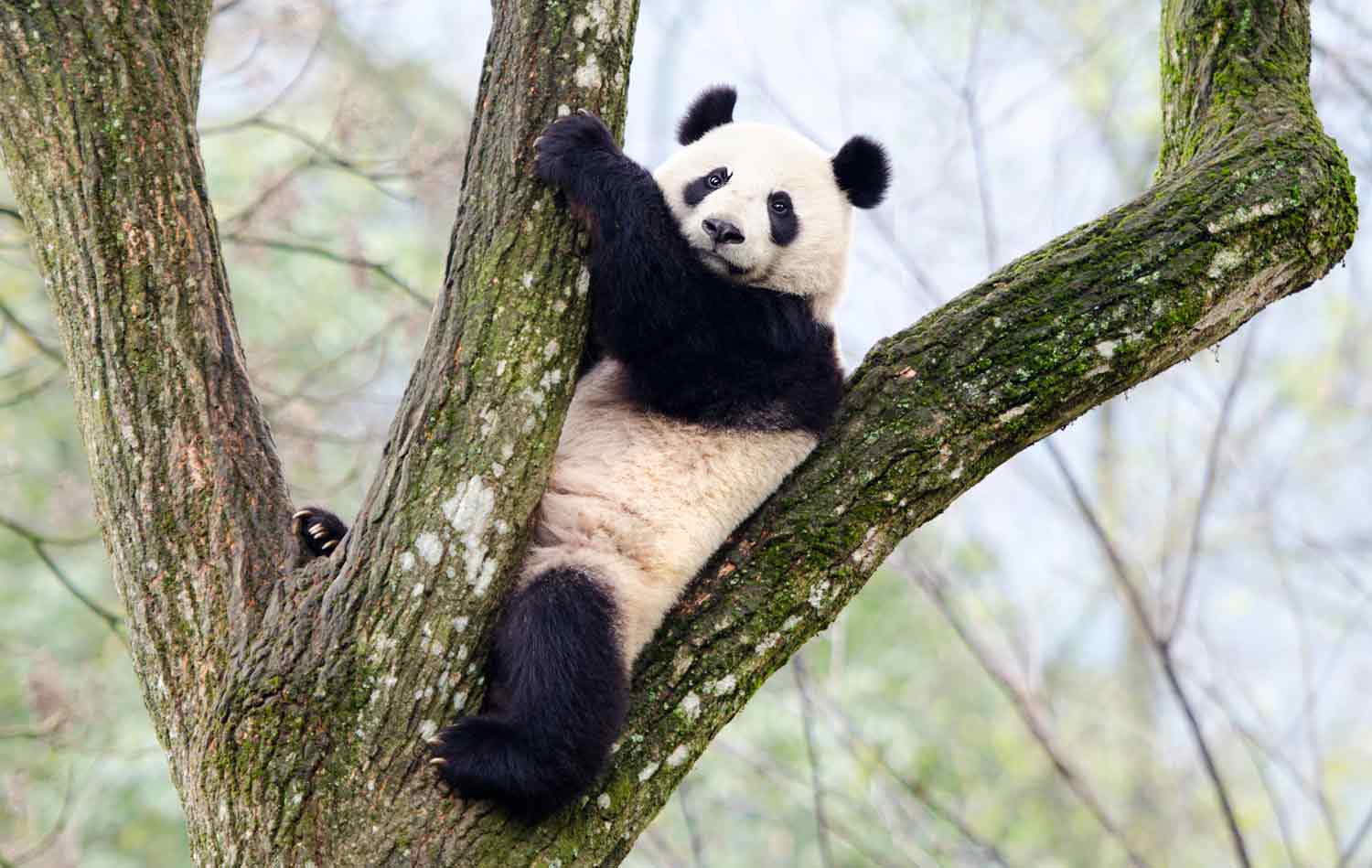Farewell, Pandas
Washington D.C.’s Smithsonian National Zoo sent its pandas to China after a lending agreement with the Chinese government expired.
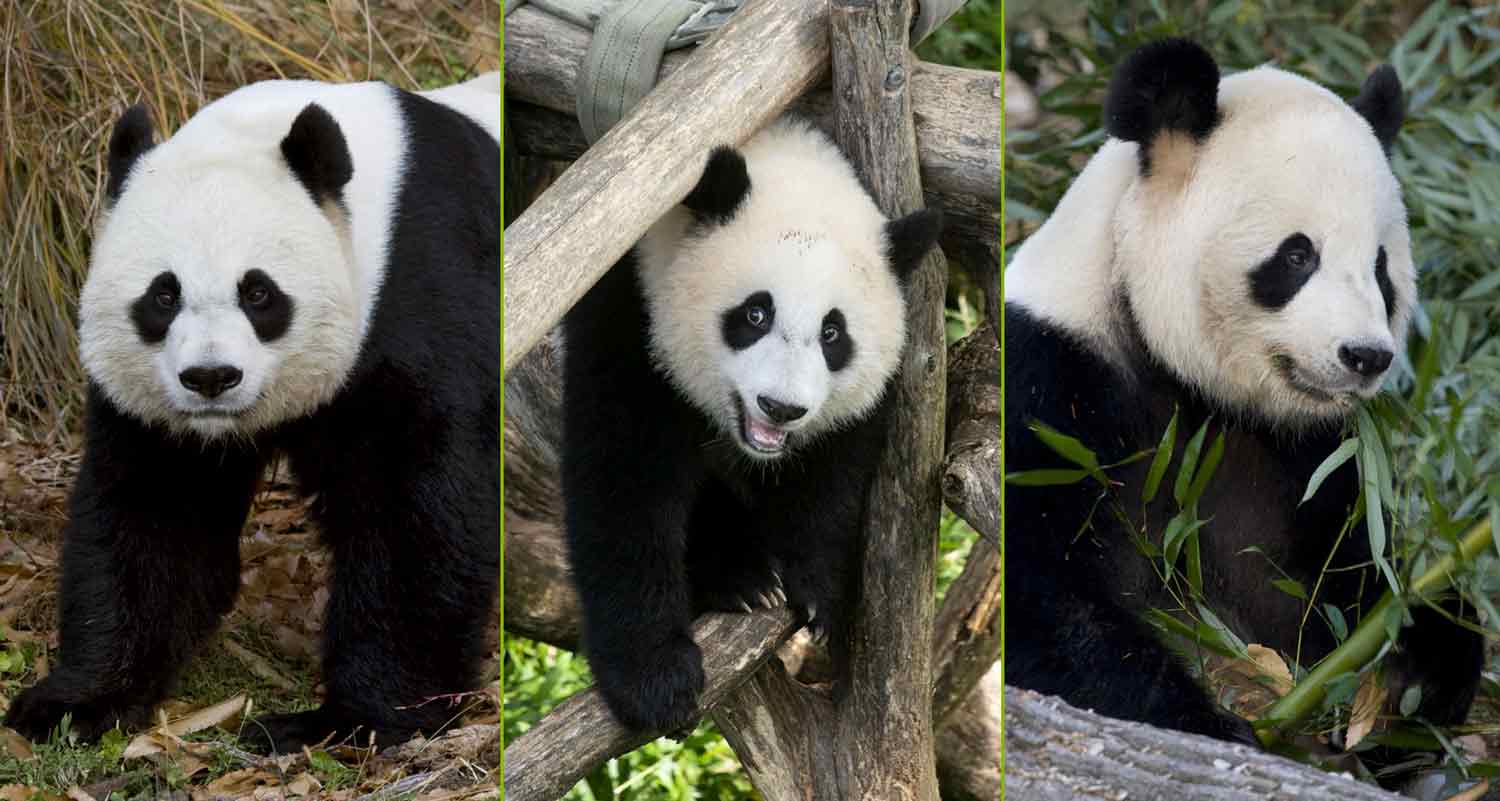
Smithsonian’s National Zoo and Conservation Biology Institute
From left to right, National Zoo pandas Mei Xiang, Xiao Qi Ji, and Tian Tian.
On November 8, officials at the Smithsonian National Zoo in Washington, D.C., loaded their three giant pandas—Tian Tian, Mei Xiang, and their youngest offspring, Xiao Qi Ji—into crates and sent them to an airport, where they boarded a plane bound for China. Now, for the first time in 50 years, there are no pandas at the zoo.
China had lent male panda Tian Tian and female panda Mei Xiang to the zoo in 2000 as part of a panda breeding program. The pair of pandas were supposed to stay for a decade, but the agreement was extended to the end of 2023. The agreement also stated that any cubs the two pandas produced had to be returned to China by the age of 4. The zoo has already sent three of the pair’s cubs to China.
China, which is home to the world’s only wild giant pandas, started sending the black and white bears to the United States in 1972. Later, it sent additional pandas to other U.S. zoos. The program was called “panda diplomacy” because it wasn’t just about pandas. It was about strengthening ties between China and the United States, which have had a rocky relationship because of their political differences. At the peak of the program, there were 15 pandas in U.S. zoos. Now, there are only four—at Zoo Atlanta in Atlanta, Georgia. Zoo Atlanta’s agreement with China expires in 2024. China continues to lend pandas to nations other than the United States.
Experts say the decline in the number of pandas lent to the U.S. coincides with growing problems between the United States and China. There are no solid plans to bring more pandas to the U.S., but zoo officials say they’re optimistic.
“We’re hopeful for the future, so we have submitted an application that’s being reviewed,” Bob Lee, director of animal care at the National Zoo, told CNN.
For more of the panda trio, check out the slideshow below.
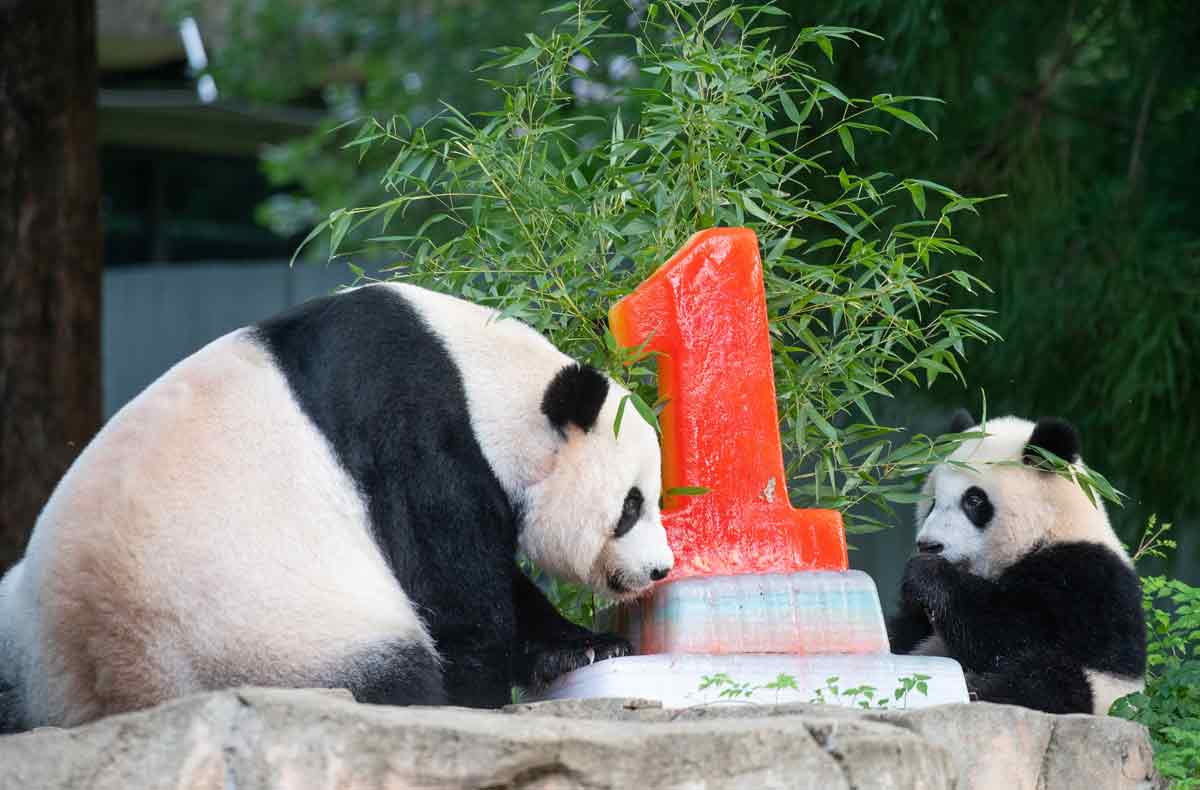

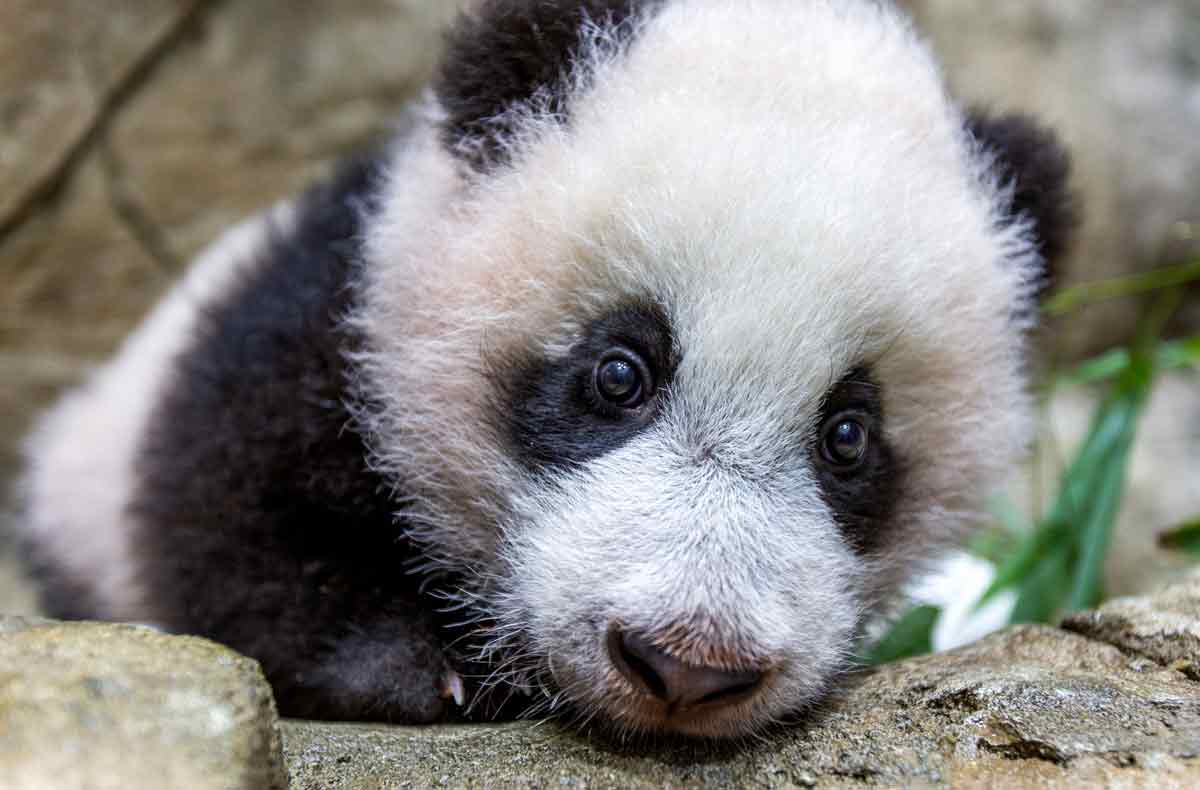
Skip Brown, Smithsonian’s National Zoo and Conservation Biology Institute; Smithsonian’s National Zoo and Conservation Biology Institute
